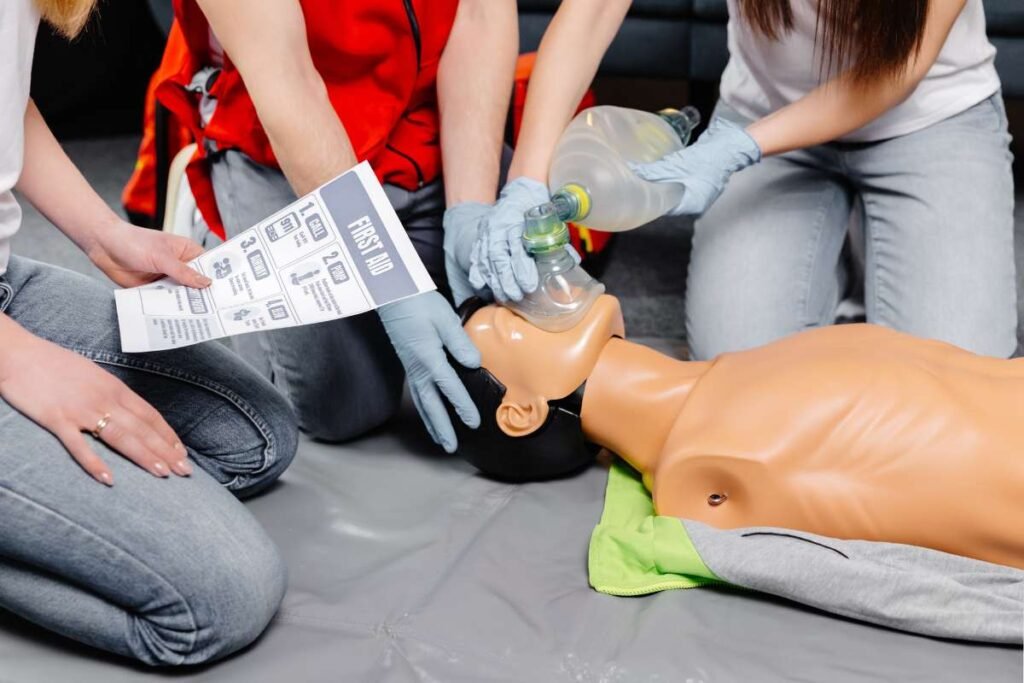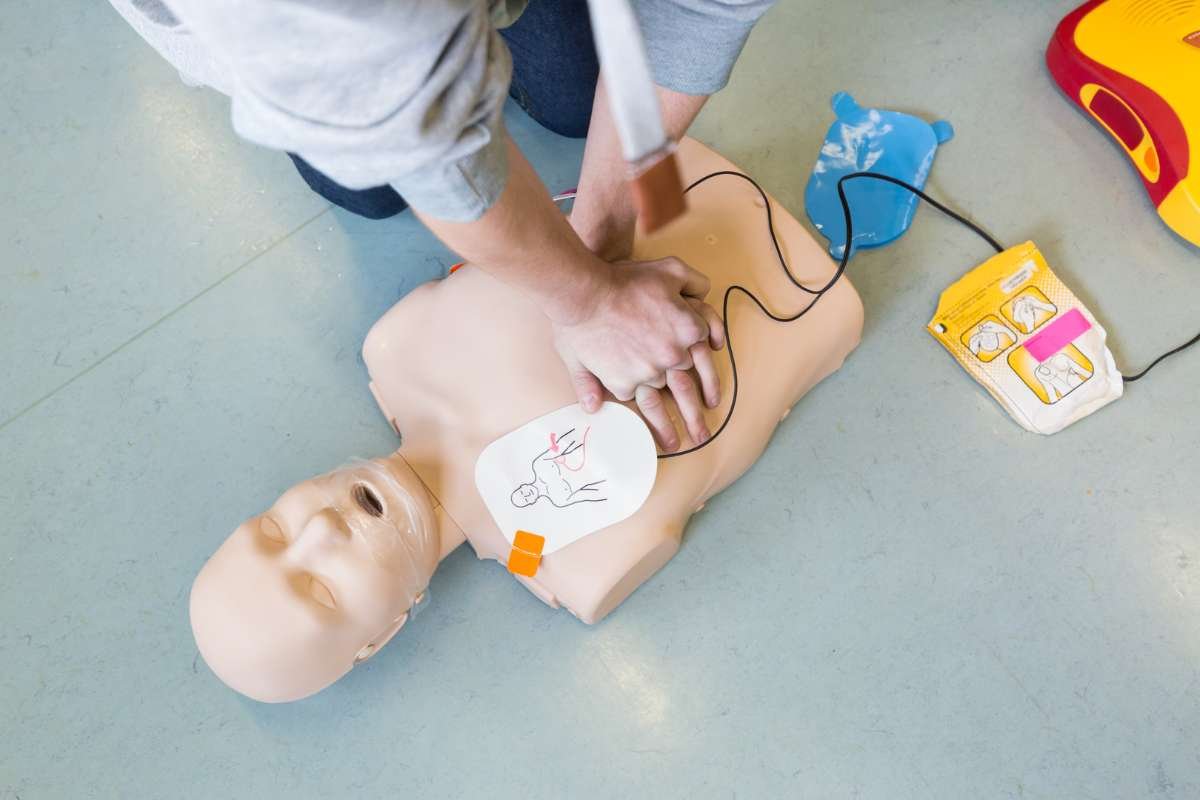When medical emergencies happen, the first responders on the scene play a crucial role in saving lives. Emergency Medical Technicians (EMTs) are trained professionals who provide critical care in high-pressure situations. If you’re interested in pursuing a career in emergency medical services, an Emergency Medical Technology course is the first step toward entering this rewarding field. This article will break down the work of EMTs, key facts about their training, and the top courses available.
What Does an EMT Do?
EMTs are responsible for providing pre-hospital emergency care to patients. Their job involves assessing medical conditions, performing life-saving procedures, and transporting patients to hospitals. Some of the critical tasks they handle include:
- Performing CPR and using defibrillators
- Controlling bleeding and stabilizing fractures
- Administering oxygen and other basic medications
- Assisting patients with respiratory issues
- Responding to accidents, heart attacks, strokes, and other emergencies
EMTs work under intense conditions, often responding to calls in high-stress environments. They must think quickly, stay calm, and work efficiently with paramedics, firefighters, and police officers. The skills learned in an Emergency Medical Technology course help prepare them for these challenges.
Basic Facts About Emergency Medical Training
Before enrolling in an Emergency Medical Technology course, it’s essential to understand what to expect. Here are some fundamental aspects of EMT training:
1. Different Levels of EMT Training

EMTs receive training at different levels, typically categorized as:
- EMT-Basic (EMT-B) – Focuses on essential emergency skills like CPR, wound care, and patient assessment.
- EMT-Intermediate (EMT-I) – Includes advanced airway management, medication administration, and IV therapy.
- Paramedic (EMT-P) – The highest level of EMT training, covering complex medical procedures, advanced life support, and drug administration.
Most students start with an Emergency Medical Technology course at the basic level before progressing to advanced training.
2. Course Duration and Requirements
The length of an Emergency Medical Technology course varies, but most basic programs take between 120 to 150 hours to complete. Paramedic programs, on the other hand, may require 1,200 to 1,800 hours of training.
To enroll, students typically need:
- A high school diploma or GED
- Basic CPR certification
- A clean criminal background check
- Physical fitness to handle intense situations
After completing coursework, students must pass a certification exam, such as the National Registry of Emergency Medical Technicians (NREMT) test, to become licensed.
3. Where Do EMTs Work?

EMTs primarily work in:
- Ambulance services
- Fire departments
- Hospitals and emergency rooms
- Disaster response teams
- Law enforcement agencies
Some EMTs also find opportunities in industries like aviation, sports medicine, and remote medical services.
Read More: Medical Coder Biller Online Classes: A Comprehensive Guide to Starting Your Career
Top Emergency Medical Technology Courses
If you’re considering a career in emergency medical services, choosing the right training program is essential. Here are some of the top Emergency Medical Technology courses available:
1. National Registry of Emergency Medical Technicians (NREMT) Certification Programs
Most EMT programs in the U.S. follow the standards set by NREMT. Accredited schools across the country offer these courses, ensuring students receive proper training and certification.
2. American Red Cross EMT Training
The American Red Cross offers high-quality EMT training programs, focusing on hands-on experience and real-world emergency scenarios.
3. UCLA Center for Prehospital Care
One of the leading EMT programs in the U.S., UCLA’s EMT training covers basic and advanced emergency medical procedures with top-notch faculty and resources.
4. St. John Ambulance EMT Training (Canada)
For students in Canada, St. John Ambulance provides recognized EMT training with a strong focus on practical experience.
5. Online EMT Courses
While most EMT training requires in-person skills practice, some institutions offer hybrid or online coursework for theoretical lessons. Programs like EMT & Fire Training Inc. provide flexible learning options combined with hands-on training.
Read More: Adult Education Courses: Empowering Lifelong Learning
Why Choose an Emergency Medical Technology Course?

Enrolling in an Emergency Medical Technology course offers numerous benefits, including:
- Job Security: EMTs are in high demand, with career opportunities in various medical and emergency response fields.
- Quick Entry into the Medical Field: Unlike doctors and nurses, EMTs can start working with just a few months of training.
- Opportunity for Advancement: EMTs can move up the ranks by becoming paramedics, firefighters, or even emergency room technicians.
- A Rewarding Career: EMTs make a real difference in people’s lives by providing immediate medical care in critical situations.
Final Thoughts
If you’re passionate about helping others and thrive under pressure, an Emergency Medical Technology course is the perfect path to a career in emergency medical services. With multiple training options available, you can find a course that fits your schedule and goals. Once certified, you’ll be ready to join a team of first responders, providing life-saving care when it matters most.










